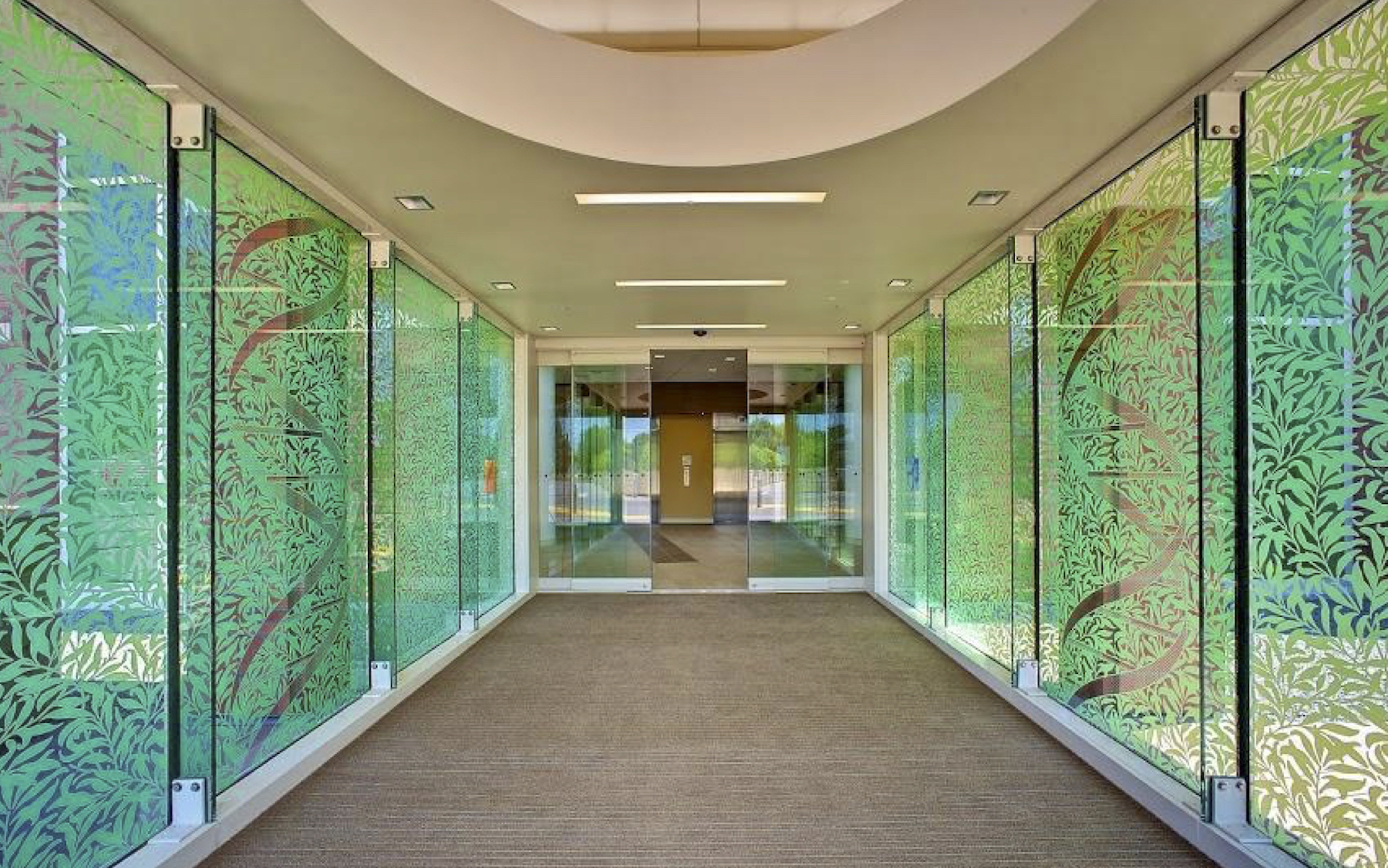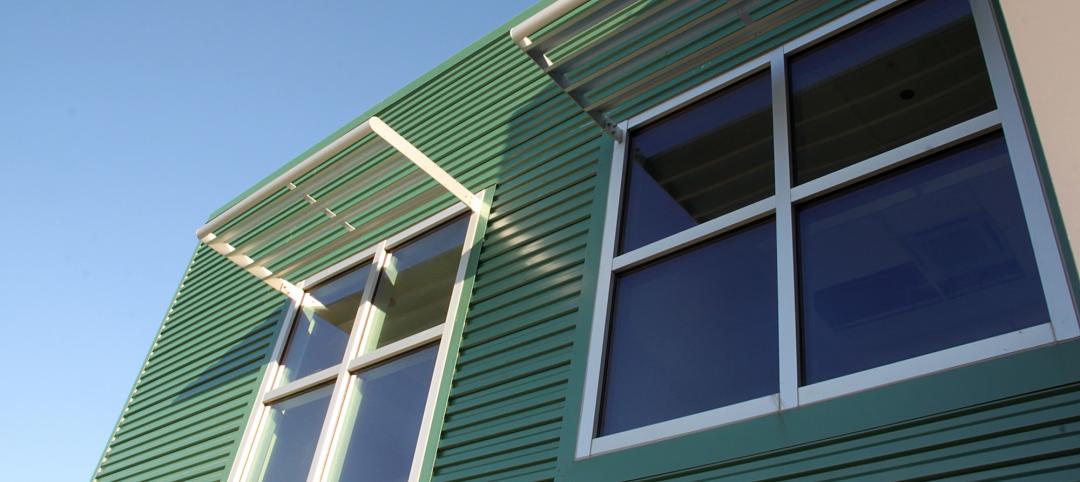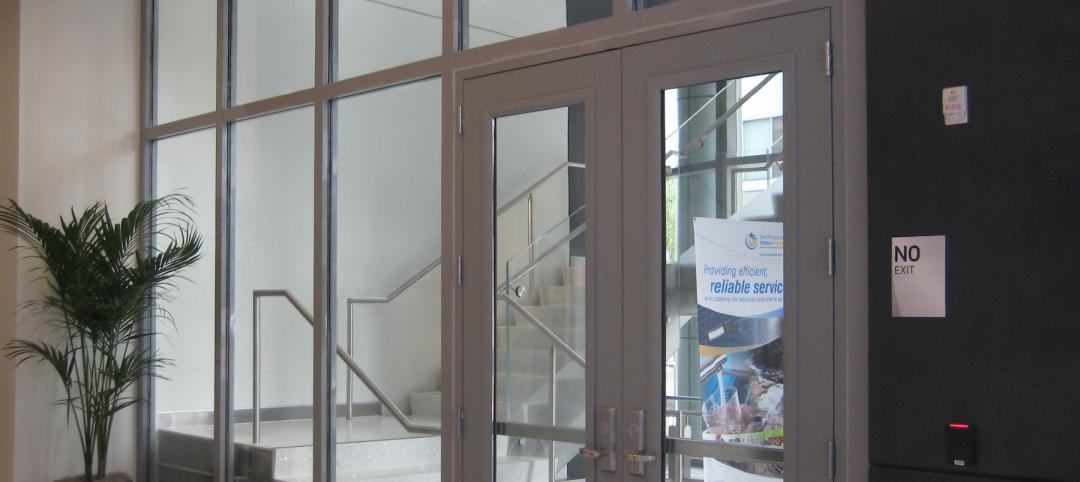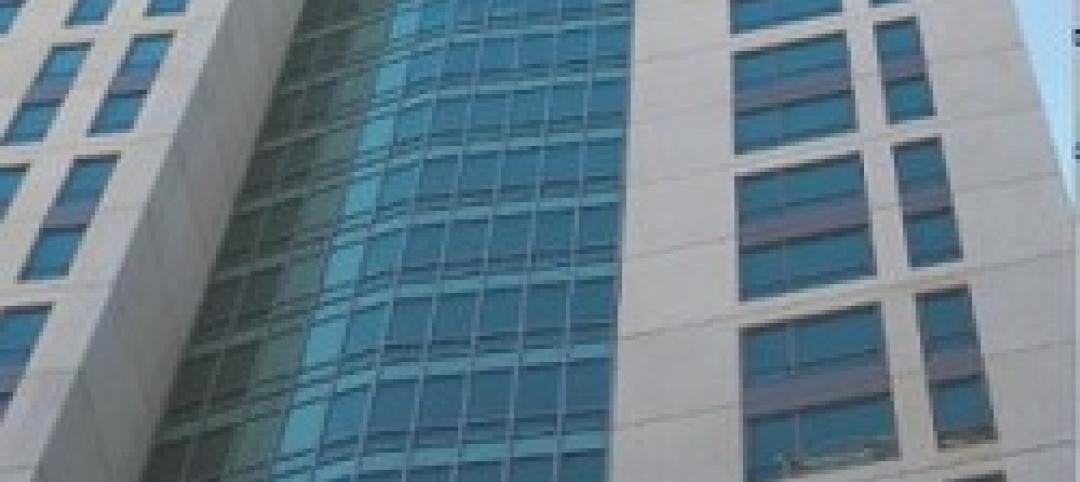In the world of fine art, a master painter begins with canvas selection. A linen canvas is nearly always selected over cotton because nothing delivers the artist’s authentic vision quite like linen.
Similarly, with glass.
While it’s true glass manufacturers have made remarkable strides in recent years across a broad front, including energy efficiency, there remains major divisions in the way glass manufacturers approach clarity and light transmission.
We’re talking, of course, about conventional clear glass and low-iron glass.
Less Green, More Clarity
The metaphor of cotton and linen canvas is apt in glass conversations. As good as today’s conventional “clear” glass is, it falls significantly short of low-iron glass’s highest potential clarity (87 percent less green tint) and generous 91 VLT (visible light transmission) rating.
In fact, there is no industry standard specification criteria for “clear” glass, the clarity of which can vary broadly between batches and manufacturers.
Small wonder low-iron glass is the glass of choice for interiors and exteriors across a wide array of iconic structures, including the Amazon Spheres, Bullitt Center, Fallingwater, Calgary Central Library, UCSD Jacobs Medical Center, among many other projects worldwide.
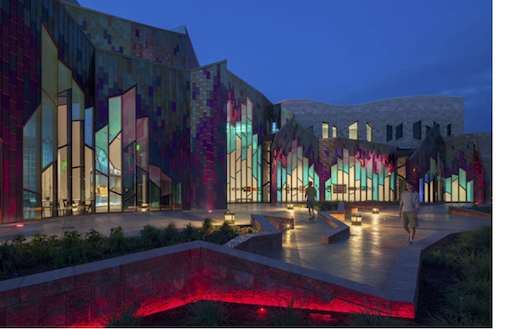 Extreme Neutrality as Aesthetic
Extreme Neutrality as Aesthetic
Historically, the purest low-iron glasses have been prized for their ability to step away from the limelight (literally, as it turns out) and showcase daylight and exterior views. “The clarity of the glass allows for it to appear invisible, a feature [Frank Lloyd] Wright admired,” explains Scott W. Perkins, director of preservation and collections for Fallingwater. Wright specified one of the industry’s pioneering low-iron glasses in his original specification for his iconic house.
However, the extreme neutrality of low-iron glass is increasingly in demand for decorative interior design applications. Its minimal green and pure clarity provides a truly neutral substrate for dynamic patterns, colorful designs and more.
Bernard Lax agrees. Lax, founder and head of Pulp Studio, a widely respected fabricator of decorative glass, says his team always specifies low-iron glass “… for projects where the aesthetic is the driving force to maintain color neutrality.”
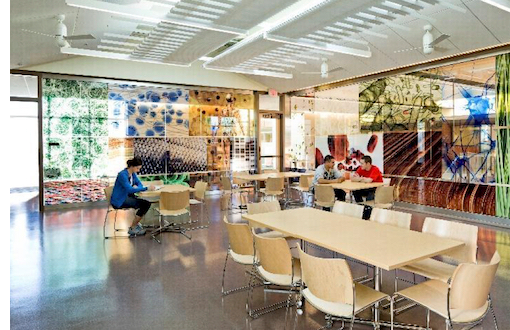 Five Decorative Applications
Five Decorative Applications
Low-iron glass is increasingly specified for decorative features, doors and partitions, stairs and handrails, shower and bath enclosures, kitchens and backsplashes, security cases and displays, entrances and storefronts, and anywhere maximum color fidelity enhances artistry. Starphire Ultra-Clear® Glass by Vitro Architectural Glass is the design industry’s de facto low-iron standard, distinguished by its distinctive blue beveled edge and proprietary low-iron formula.
- Dichroic Glass. Dichroic is an effect that creates brilliant color shifts and movement within a single lite of glass. Effects can be enhanced by using textured glass as one or more of the lites or muted with acid-etching. Dichroic glass is known for its chameleon-like effects, where the glass’s transmitted and reflected colors can appear different.
- Digital Ceramic Printing. An image is printed directly on glass. Virtually any full-color design is printable on low-iron glass.
- Acid-Etched Glass. Offers a surface finish that diffuses transmitted light and reduces glare with a frosted appearance, often in a pattern. It is ideal for dividing walls, wall coverings, office partitions, shower and bath enclosures, floors, stairs and railings and doors. Acid-etching also is frequently used to create artistic patterns and in bird-friendly glass, which is increasingly in demand as many municipalities pass legislation requiring bird-friendly building design.
- Ceramic Frit. A permanent, opaque coating that is fired into the glass, it offers pattern art ranging from simple shapes and gradients to intricate designs. Combine ceramic frit with coatings, tints, and reflected glass. Ceramic frit is frequently used in spandrel glass.
- Other Applications. Polished edge glass and laminated glass with tinted or patterned polyvinyl butyral interlayers offer additional decorative options.
When the project calls for a superior canvas of glass for dynamic design ideas, make low-iron glass a primary consideration. Request a sample of patented Starphire Ultra-Clear® Glass and experience the difference for yourself.
Related Stories
Sponsored | | Jun 27, 2014
SAFTI FIRST Now Offers GPX Framing with Sunshade Connectors
For the Doolittle Maintenance Facility, SAFTI FIRST provided 60 minute, fire resistive wall openings in the exterior using SuperLite II-XL 60 insulated with low-e glazing in GPX Framing with a clear anodized finish.
| May 28, 2014
KPF's dual towers in Turkey will incorporate motifs, symbols of Ottoman Empire
The two-building headquarters for Turkey’s largest and oldest financial institution, Ziraat Bank, is inspired by the country’s cultural heritage.
| May 27, 2014
Fire Rated Glass contributes to open lab environment at JSNN
Openness and transparency were high priorities in the design of the Joint School of Nanoscience & Nanoengineering within the Gateway University Research Park in Greensboro, N.C. Because the facility’s nanobioelectronics clean room houses potentially explosive materials, it needed to be able to contain flames, heat, and smoke in the event of a fire. SPONSORED CONTENT
| May 20, 2014
Kinetic Architecture: New book explores innovations in active façades
The book, co-authored by Arup's Russell Fortmeyer, illustrates the various ways architects, consultants, and engineers approach energy and comfort by manipulating air, water, and light through the layers of passive and active building envelope systems.
| May 5, 2014
Tragic wired glass injury makes headlines yet again
In the story, a high school student pushed open a hallway door glazed with wired glass. His arm not only broke the glass, but penetrated it, causing severe injuries. SPONSORED CONTENT
Sponsored | | May 3, 2014
Fire-rated glass floor system captures light in science and engineering infill
In implementing Northwestern University’s Engineering Life Sciences infill design, Flad Architects faced the challenge of ensuring adequate, balanced light given the adjacent, existing building wings. To allow for light penetration from the fifth floor to the ground floor, the design team desired a large, central atrium. One potential setback with drawing light through the atrium was meeting fire and life safety codes.
| Apr 25, 2014
Recent NFPA 80 updates clarify fire rated applications
Code confusion has led to misapplications of fire rated glass and framing, which can have dangerous and/or expensive results. Two recent NFPA 80 revisions help clarify the confusion. SPONSORED CONTENT
Sponsored | | Apr 23, 2014
Ridgewood High satisfies privacy, daylight and code requirements with fire rated glass
For a recent renovation of a stairwell and exit corridors at Ridgewood High School in Norridge, Ill., the design team specified SuperLite II-XL 60 in GPX Framing for its optical clarity, storefront-like appearance, and high STC ratings.
| Apr 8, 2014
Fire resistive curtain wall helps The Kensington meet property line requirements
The majority of fire rated glazing applications occur inside a building to allow occupants to exit the building safely or provide an area of refuge during a fire. But what happens when the threat of fire comes from the outside? This was the case for The Kensington, a mixed-use residential building in Boston.
| Apr 2, 2014
8 tips for avoiding thermal bridges in window applications
Aligning thermal breaks and applying air barriers are among the top design and installation tricks recommended by building enclosure experts.


